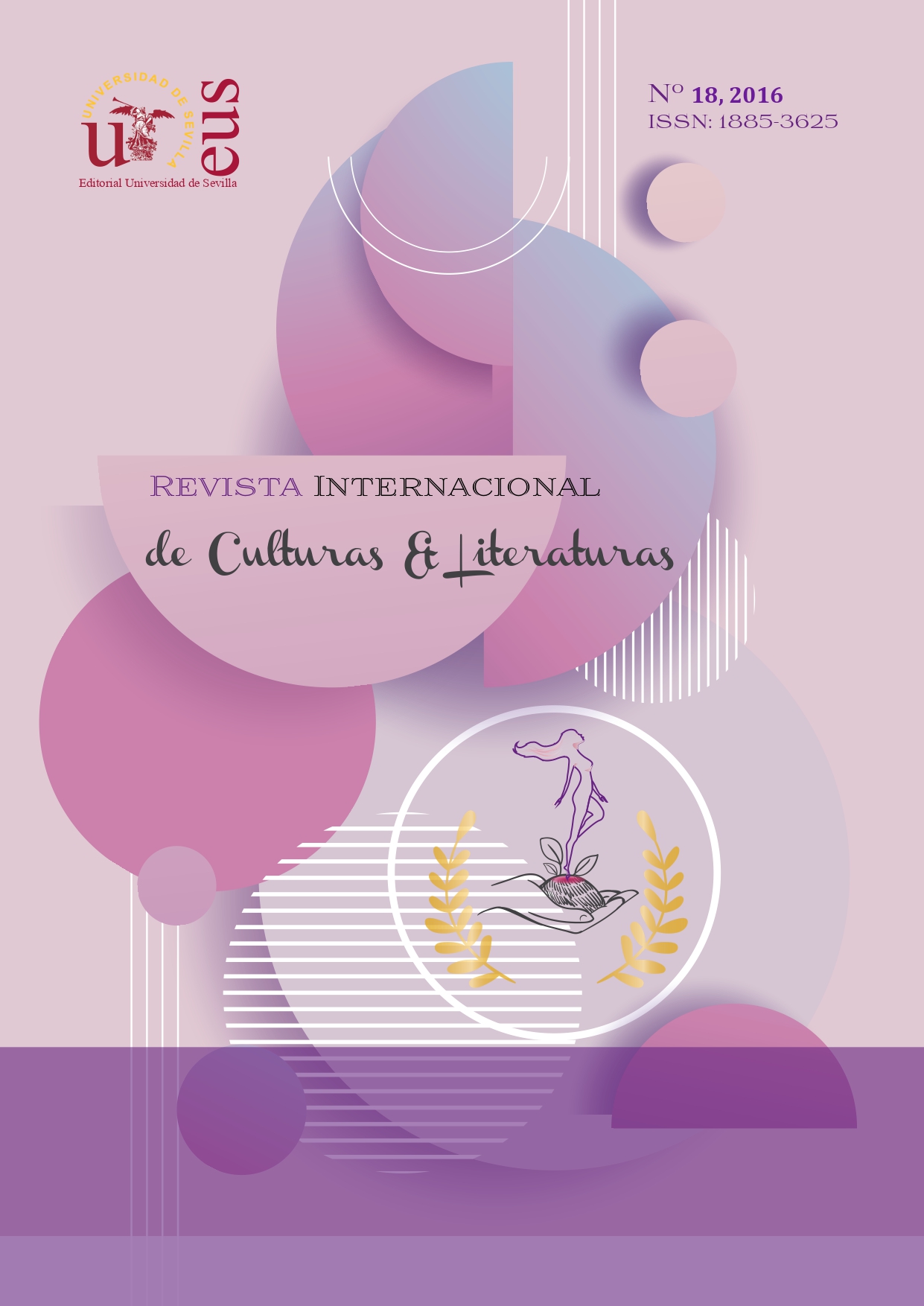No. 18 (2016): Locas. Escritoras y personajes femeninos cuestionando las normas

This volume adopts a definition of insanity as a social construct, subject to historical and cultural changes, which has historically been used differently when applied to women. Female dissent has been described many times as "abnormality." Renaissance writers who aspired to be famous for their erudition or poetic culture were perceived as true "monsters", contradicting with their intelligence the imperfect, subaltern and deficient feminine nature. During Romanticism many writers chose a pseudonym to sign their works and to bridge the border between their public self as a writer and their private self as a morally respectable woman. At the beginning of the 20th century, professional writers are socially rejected, considered sick of imagination, hysterical or women of doubtful morality, knowing the scorn of literary criticism or their indifference.
The texts that are part of this issue analyze the work of different writers in various languages and their transgressive and marginalized female characters by the society in which they live, reflect on the literary representations of psychic pain and the stigma associated with psychiatric diagnoses and explores the relationships between creation and madness conjugated in feminine.
